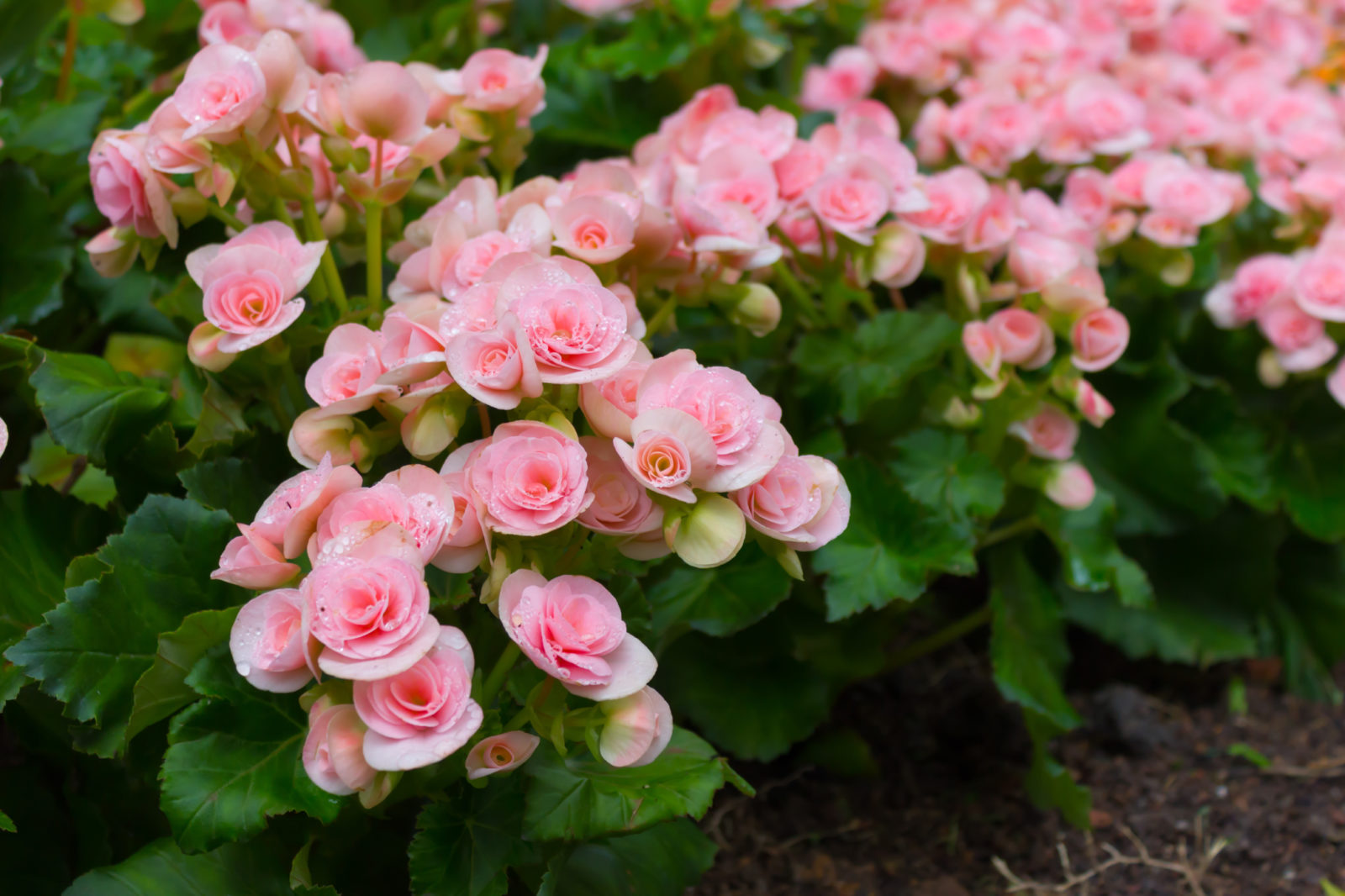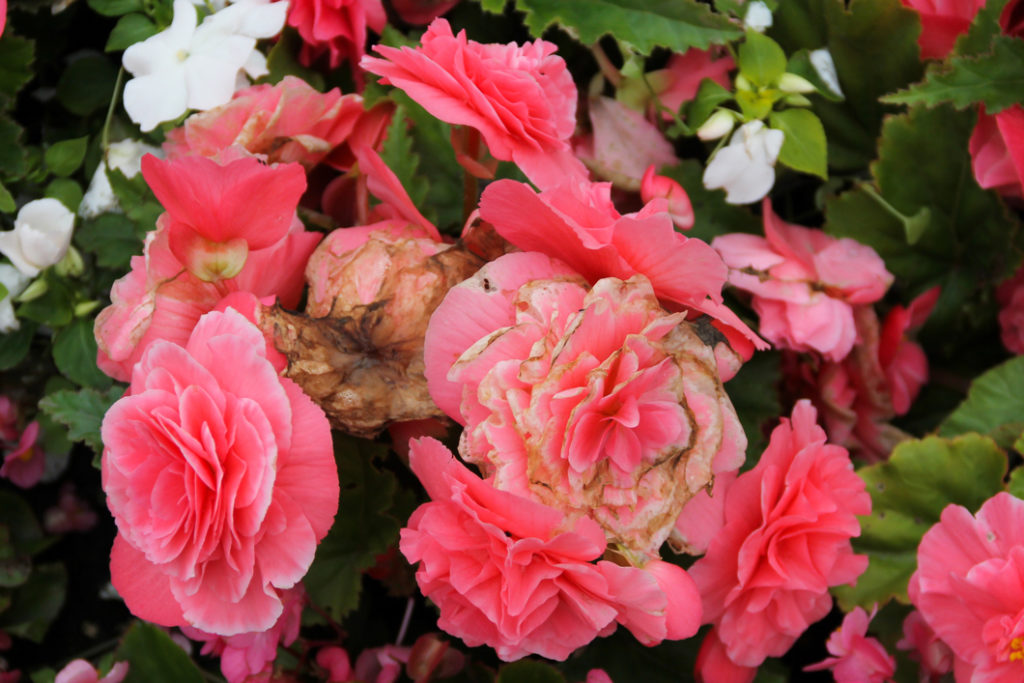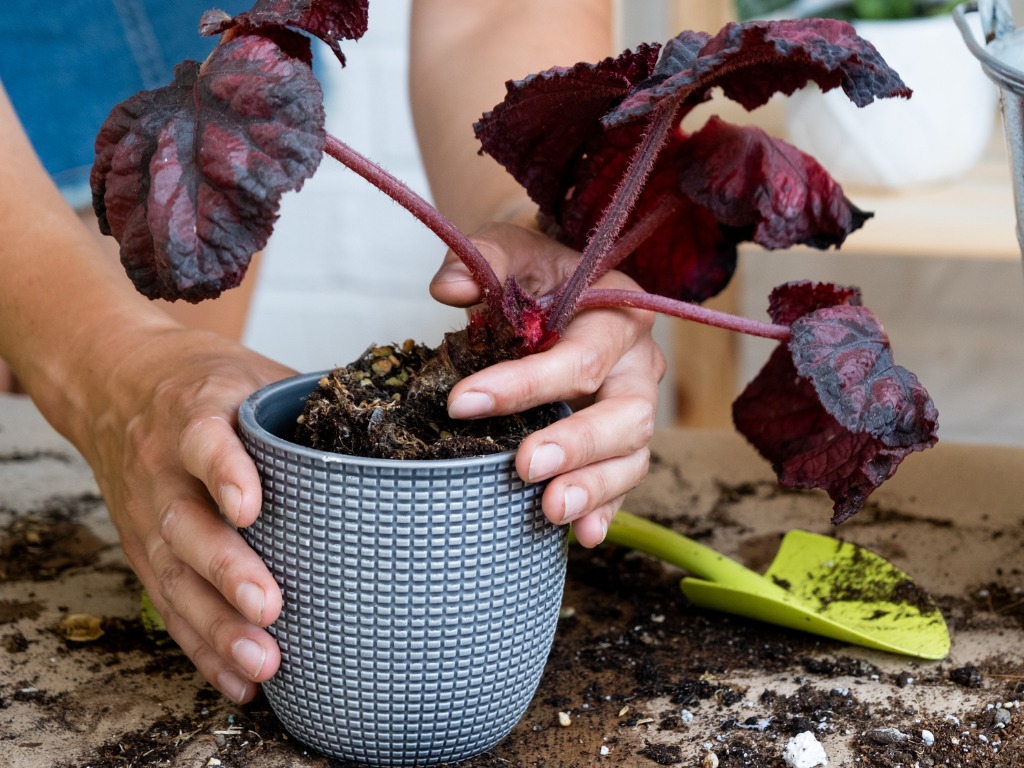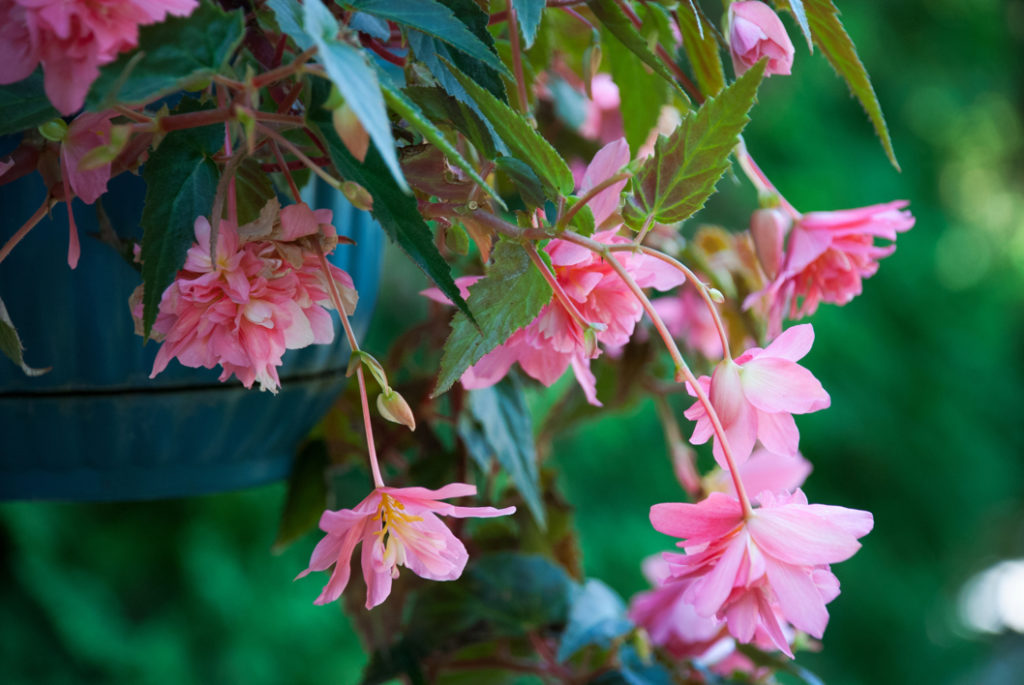Begonia Society President On Leggy Begonias And Her Foolproof Fix


Ed is a horticultural therapist, professional gardener and writer. Ed has a BSc in Occupational Therapy from Coventry University and a Diploma in Social and Therapeutic Horticulture (DipSTH) via Thive, the RHS and Pershore College. Ed runs a community kitchen garden in West Sussex, where he leads horticultural therapy sessions.
Reviewed By COLIN SKELLY

Colin is a Horticulturist and Horticultural Consultant with experience in a range of practical and managerial roles across heritage, commercial and public horticulture. He holds the Royal Horticultural Society’s Master of Horticulture award and has a particular interest in horticultural ecology and naturalistic planting for habitat and climate resilience.
Contributions From JANEEN RANDLE

Janeen Randle is the president of the Melbourne Begonia Society. The society is based in Australia and many members, including Janeen, breed their own Begonias and visit flower shows across the country.
IN THIS GUIDE
Begonias are a group of tender perennials which are often grown as half-hardy annuals here in the UK.
Part of the Begoniaceae family, they tend to originate from tropical and subtropical climates including South America and Asia, hence why they sometimes struggle when grown in our very different temperate climate.1Begoniaceae – A Genus Worth Exploring. (n.d.). Piedmont Master Gardeners. Retrieved March 13, 2023, from https://piedmontmastergardeners.org/article/begoniaceae-a-genus-worth-exploring/

One of the most common issues gardeners experience when growing begonias is the plants becoming leggy or straggly, which can be caused by a number of factors:
- Growing in the wrong light conditions.
- Growing begonias in the wrong soil.
- Issues with older plants.
- Lack of pruning.
This process is explained in more depth below.
1) Light Conditions
Most begonias grow best in dappled or partial shade.
If a begonia plant is growing too tall and becoming leggy, it is more often than not a sign that the plant is not receiving enough light.

Try moving the plant to a slightly lighter spot where it will receive more light.
“Most Begonias originate in the understories of tropical forests,” explains Horticulturist Colin Skelly.
“This is why they prefer part-shade or dappled shade.
“If you can’t provide dappled shade then try to find a location that has sun in the morning but is shaded for the rest of the day.”
However, make sure it does not receive harsh midday sun, as this can scorch the foliage and cause the plant to wilt.
2) Soil Conditions
Begonias can also become leggy due to the wrong soil or nutrient conditions.
Begonias are hungry plants and grow well in a peat-free multi-purpose compost.
However, if their soil is too rich, or if manure has been added, this may cause the plant to put on excessive growth.

Tuberous and fibrous rooted begonia plants require feeding during the summer months to promote blooms.
However, if fed with too much nitrogen, this may cause the plant to become leggy.
Instead, fertilise with a weekly high-potassium feed, which will encourage flowering rather than growth.
3) Older Plant Problems
Even if grown in the correct conditions, begonias can lose their lower leaves and become leggy over time as part of the natural ageing process.
Unfortunately, there is not much you can do about that, though pruning can help (see below).

Try growing new begonias instead – there are plenty of varieties to choose from.
4) Tip Pinching To Encourage New Canes
When growing begonias, small plants can benefit from having their growing tips pinched off, which will promote side growth and a bushier habit as they grow on.
“Tip pinching is also helpful to encourage new canes from the base of the plant,” adds Janeen Randle, the president of the Melbourne Begonia Society.
Whether a mature begonia has become leggy due to growing conditions or old age, the plant can be cut back to its usual shape using a pair of clean and sharp secateurs, cutting back to just above a leaf node.
“The best way to manage leggy begonias is to remove old brown stems at ground level, cut back by about two-thirds, preferably making the cut around 10 mm above an outward facing bud,” explains Janeen.
To revitalise an overgrown begonia, the plant can be cut back to 10-12cm above the soil surface and allowed to regrow.
References
- 1Begoniaceae – A Genus Worth Exploring. (n.d.). Piedmont Master Gardeners. Retrieved March 13, 2023, from https://piedmontmastergardeners.org/article/begoniaceae-a-genus-worth-exploring/
